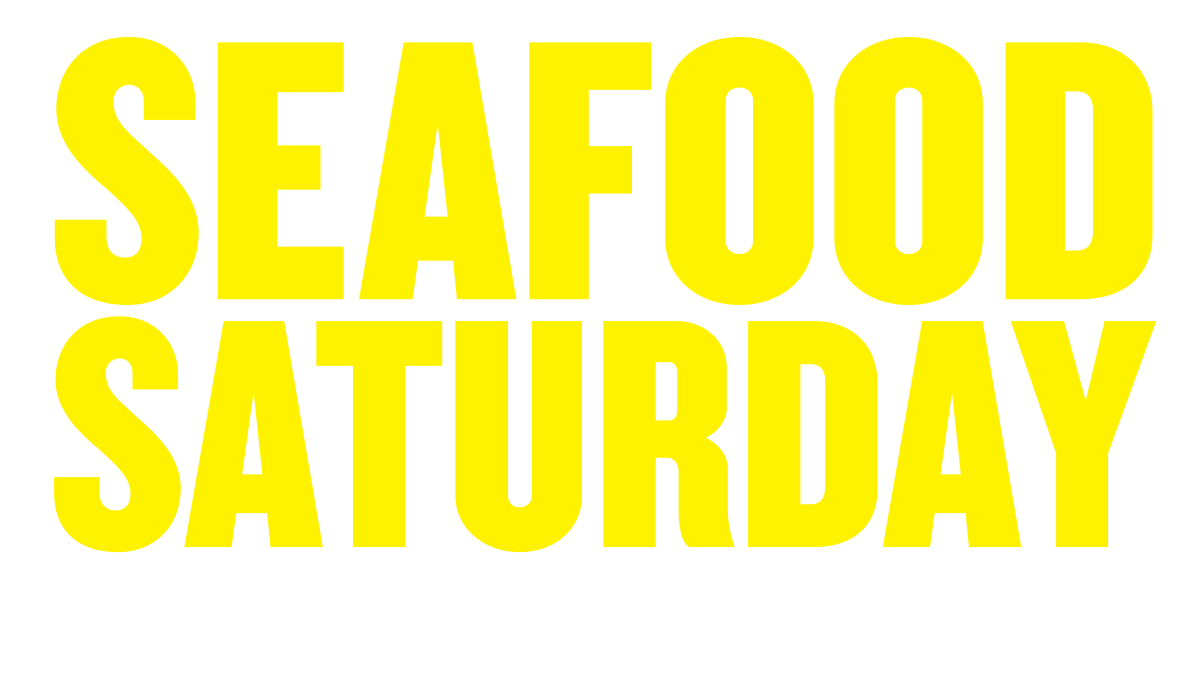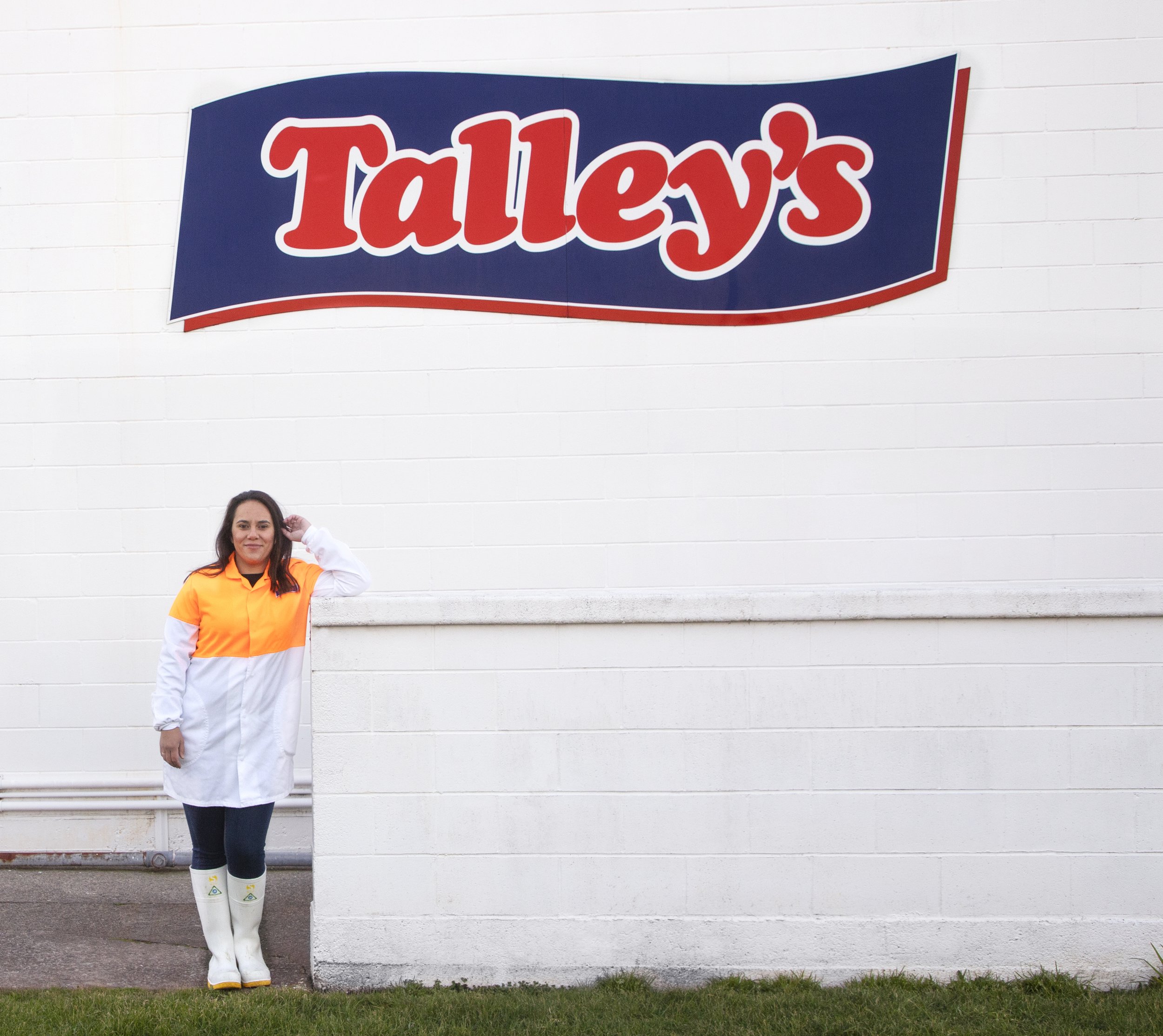Talley’s: fishing for life
Talley’s deepsea general manager Ben Holden (centre) with crew
Providing New Zealand-caught seafood since 1936, the Talley’s inshore and deep-sea fishing fleets harness the power of technology and the passion of its hardworking people—you can read some of their stories further down—to provide New Zealand with its favourite varieties of fresh, healthy seafood.
By catching, processing, and distributing everything themselves, Talley’s can trace the provenance of its seafood back to the waters where it was caught. This means New Zealanders can feel confident they’re supporting local fishers while feeding their families seafood they can trust.
“We operate in the new New Zealand generation of fishers. Our Fishing for Life ethos means we have a focus of protecting fish stocks and the marine environment for life. We intimately understand the importance of a healthy marine environment and the part we play every day in conserving it. Maintaining healthy fish populations means catching what we need now and ensuring there is enough for the future,” explains Talley’s deepsea general manager Ben Holden.
“Operating in a data driven environment gives us the ability to make timely, informed and responsive decisions to changes in the abundance of fish stocks, and report these to policy makers and regulators. We have always been an active contributor at the policy table, offering our daily insight, backed by the hard data we capture,” says Ben.
People make perfect
The other area Talley’s heavily invests in is its staff. Over 500 people work on across its deepsea vessels, while over 80 independently contracted vessels—small-crew operations owned and run by local fishers—fish in-shore.
The company actively works to upskill its workers, many of whom are based in small regional centres like Motueka, Nelson, Westport, and Timaru, bringing jobs and opportunities into the community. Talley’s provides staff with training, such as a national certificate in Seafood Processing (Level 3) where people learn about handling fish, storing fish, cleaning up, operating machinery safety and logistics.
“It means we can help people get their tertiary education if they want it, even if they don’t yet have NCEA. From there, there are opportunities to get cadetships with the company, to gather more skills and try different roles,” says general manager wet fish at Talley’s, Leon Moore.
As a result, people in the Talley’s team have felt empowered to build careers in the industry, whether that’s honing their skills in a particular area, or moving up through the ranks.
“There are high-quality skills in the regional towns where we are based, so we work with the local service companies as much as we can, supporting their businesses, as they support ours,” Leon says.
Take Westport original Cheyanne Amai, for example. This enterprising young Kiwi started working for Talley’s in the town’s fish processing factory at age 16. After being promoted to supervisor and then 2IC, supported by Talley’s management training, Cheyanne was made the first female branch manager in May 2022, when she was just 28.
Cheyanne Amai, Talley’s Westport branch manager
She wants young people in Westport and elsewhere on the West Coast to know that there are good jobs available. “It is really important to engage with staff and find out what they want and need. It’s about mutual respect—most people have ideas and goals and are happy to talk with you if they trust you,” she says.
Or there’s Craig Jones, one of the small in-shore operators Talley’s contracts. Based out of Greymouth, Craig can’t rate ongoing training and education enough. The long-time fisher has put a trainee on each fishing trip to learn from his four-man crew since 2021, and helps them get a job in the industry. If you ask, he’ll also reminisce about how technology has improved the sector.
“The technology has changed the way we fish and we’re getting better all the time,” he says. “The fish stocks are being managed better so I see a great future for fishers starting out, if they show the necessary initiative and drive.
“It’s the skipper’s job to enter the data via satellite or phone, and it beats doing it on paper, like when I started out.”
Thanks to Talley’s, New Zealand has a new, conscientious generation of fishers—along with new technology—to keep fishing sustainably for generations to come.


